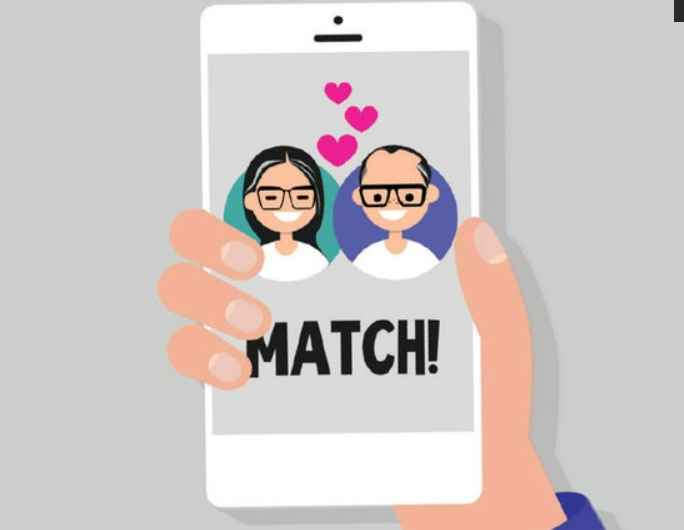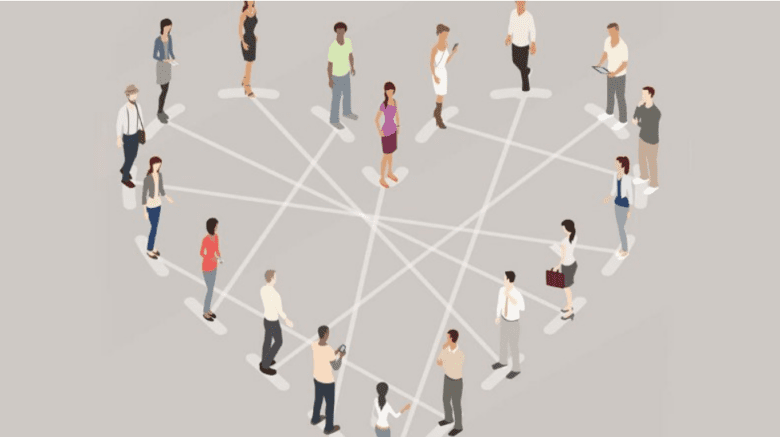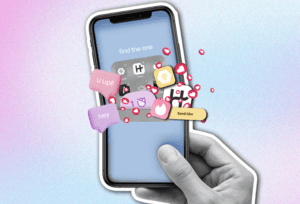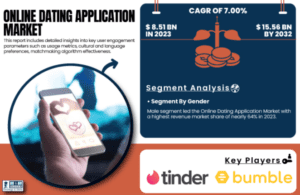Have you ever thought about why you see the profiles you do when swiping away on dating apps? Why are particular profiles or users being shown to you while others may not see them? Chances are, this is something that you don’t spend a great deal of time thinking about. However, there are many things at play behind the scenes in the online dating industry that determine your experience.
How Do Apps Decide Which Users to Show Me?
At the heart of every dating app is a dating app algorithms. These are proprietary in nature, meaning that each app uses its own unique algorithm. The most popular dating app is Tinder and its initial algorithm calculated something called an Elo score for each user. It measured things such as how often people swiped right on you and other factors to give you a ranking.
People would be matched with others of similar rankings. This was initially borrowed from the process used to rank chess players. However, Tinder has largely adjusted this algorithm to take into more factors currently. Hinge uses a dating app algorithms known as the Gale-Shapley Algorithm. This is also known as a deferred acceptance algorithm and is designed to allow people to find the person they most prefer out of everyone who also prefers them.
It actually won a Nobel Prize for using simple rules to lead to stable matching. This algorithm is not just used for dating but also for other difficult to match things like organ donations. While the dating app algorithm used by Hinge was initially published in a peer-reviewed scientific journal, the one used by OKCupid is much easier to understand.
Here, users answer anywhere from a few dozen to several hundred personality-related questions. For each one they note their answer as well as what answers would be ok in a potential match. This is used to calculate a match percentage that denotes the commonality between two users. Profiles are shown based on this.
Are Dating App Algorithms Perfect?
If you’ve used dating app platforms before, you probably already know the answer to this. Despite a number of technological innovations, no algorithm is perfect. Even the most well trained algorithms have a potential for error. This is particularly true when dealing with something complex like pairing up people romantically where there are tons of variables at play. You’ve probably noticed this with your own dating app profiles.

Some sites like Tinder and Bumble are inherently designed with a game-like atmosphere where the intent is to show you lots of people. Thus, it is not surprising to encounter people you quickly decide to swipe left on. The fact that people tend to swipe right more often as they work through a deck means the algorithm works fairly well. But the fact that you’ll encounter some immediate left swipes early on shows that it isn’t perfect.
Consider sites like Hinge. Hinge is designed with the goal of helping you meet the perfect mate with as few interactions as possible (hence their choice of dating app algorithm). Thus, Hinge users may interact with only a few users each day. Many users report being fairly satisfied with matches; however, it still isn’t a perfect recipe for finding your ideal match. Thus, dating app algorithms can certainly be improved.
Improving the Algorithms Behind Your Perfect Mate
The online dating industry is constantly striving to identify technological innovations. This can give companies advantages over their competition. It is relatively normal for companies to test out alterations to their existing algorithms in order to find a more optimized method. While this often occurs behind the scenes, a recent project by researchers at the University of Texas at Dallas provides a glimpse at the process.
The researchers worked with a dating app company and sought to address a problem. Each match a person had decreased their probability of a new like by at least 3%. Essentially, matches led users to become pickier, making it more difficult for the algorithm to successfully do its job. This may have been caused by increased perceptions of their attractiveness, focusing on getting to know existing matches, or some other factor – but it did create a problem.
In order to resolve this, the researchers proposed a solution that considered not only the likelihood that two people would like each other but also prioritized users who hadn’t obtained matches in the past. This prioritization method was simulated, resulting in a match rate that more than doubled. In other words, technology can – and is – working to help you find a better match. Much like the technology behind image recognition and self-driving cars, algorithms are continually being improved, something that will make online dating easier as the years go by regery review.



